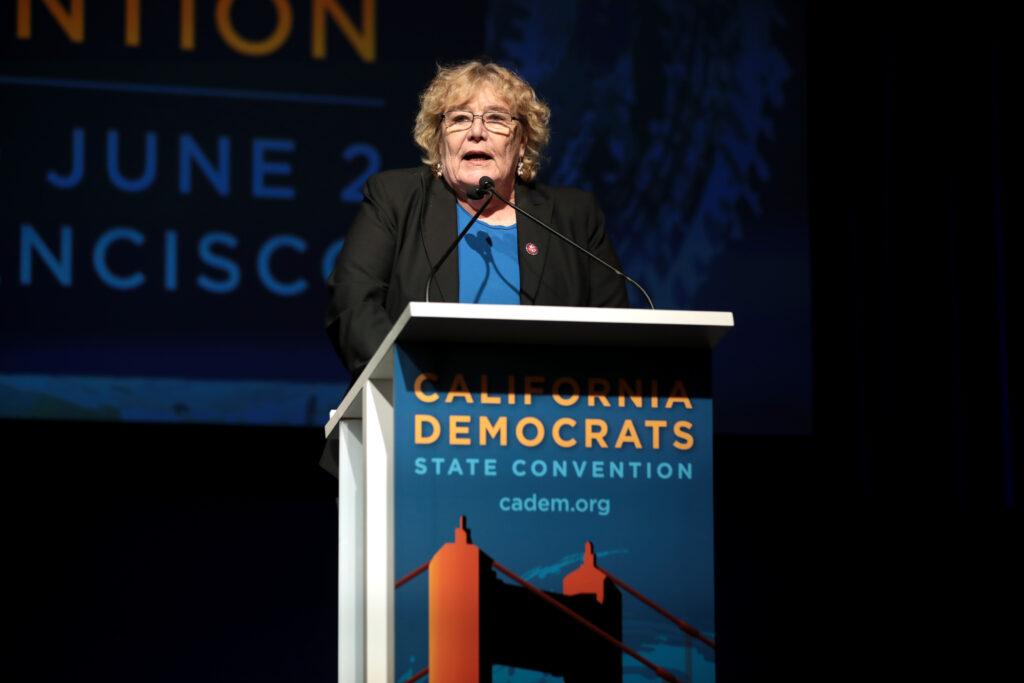Saratoga voters, like much of California, lean liberal. In Santa Clara County, 75.5% of voters voted Democratic and in general favor liberal economic policies, albeit with significant complaining over the correlating increase in taxes. Saratoga’s liberalism, however, sometimes seems to stop at legislation aimed outside of city lines, as evidenced by many residents’ aversion to taxes and low-income housing measures.
Though Saratoga residents sometimes advocate for increased welfare, management of homelessness and other liberal policies aiding disadvantaged communities, they often take painstaking lengths to skirt the effects of their voting. The same Saratoga voter who advocates in one breath for the raising of taxes in order to foot a greater social bill almost immediately searches painstakingly for ways to avoid those very taxes.
“Last year, my parents paid virtually no income tax,” one friend boasted. “They search for every loophole to ensure we’re paying as little in taxes as we can, while still avoiding IRS (Internal Revenue Service) scrutiny.”
In Saratoga, the dichotomy between liberal principles and personal choices regarding low-income housing presents a complex narrative, reflective of broader societal tensions. On one hand, many Saratoga liberals advocate for the expansion of low-income housing options, recognizing the fundamental right to shelter. However, when it comes to implementing these ideals in their own neighborhoods, reluctance often emerges.
The support for low-income housing among Saratoga liberals stems from progressive values of inclusivity and social justice. They champion policies aimed at addressing housing affordability, advocating for the construction of low-income housing projects because it aligns with their political beliefs and moral compass and positions them as advocates for the marginalized and economically disadvantaged. Saratoga’s essential moral belief in the creation of low income housing is evidenced by recent plans by the city to create 1,700 units of low income housing.
However, when it comes to incorporating low-income housing developments in their immediate vicinity, voters resist. Concerns about property values, neighborhood aesthetics and perceived safety risks often outweigh the ideological commitment to socioeconomic integration. “Not In My Backyard” or NIMBY sentiments prevail, as residents fear potential negative impacts on their quality of life and the character of their neighborhoods. Although the city advocated for construction of 1,700 housing units, only 48 of the 1,700 will be built in Saratoga school districts — a decision likely intended to preserve the limited socioeconomic diversity of schools and maintain school ratings. This in turn inflates house prices.
The dissonance between Saratoga’s advocacy for low-income housing in principle while resisting its implementation in practice underscores the contradictions of voters’ political ideology and personal interest. It highlights the lack of action when abstract ideals turn concrete, particularly when they directly affect voters’ immediate surroundings and material interests. More importantly, these contradictions emphasize that if true progress is to be achieved, wealthy communities must first set aside their self-serving interests.


























